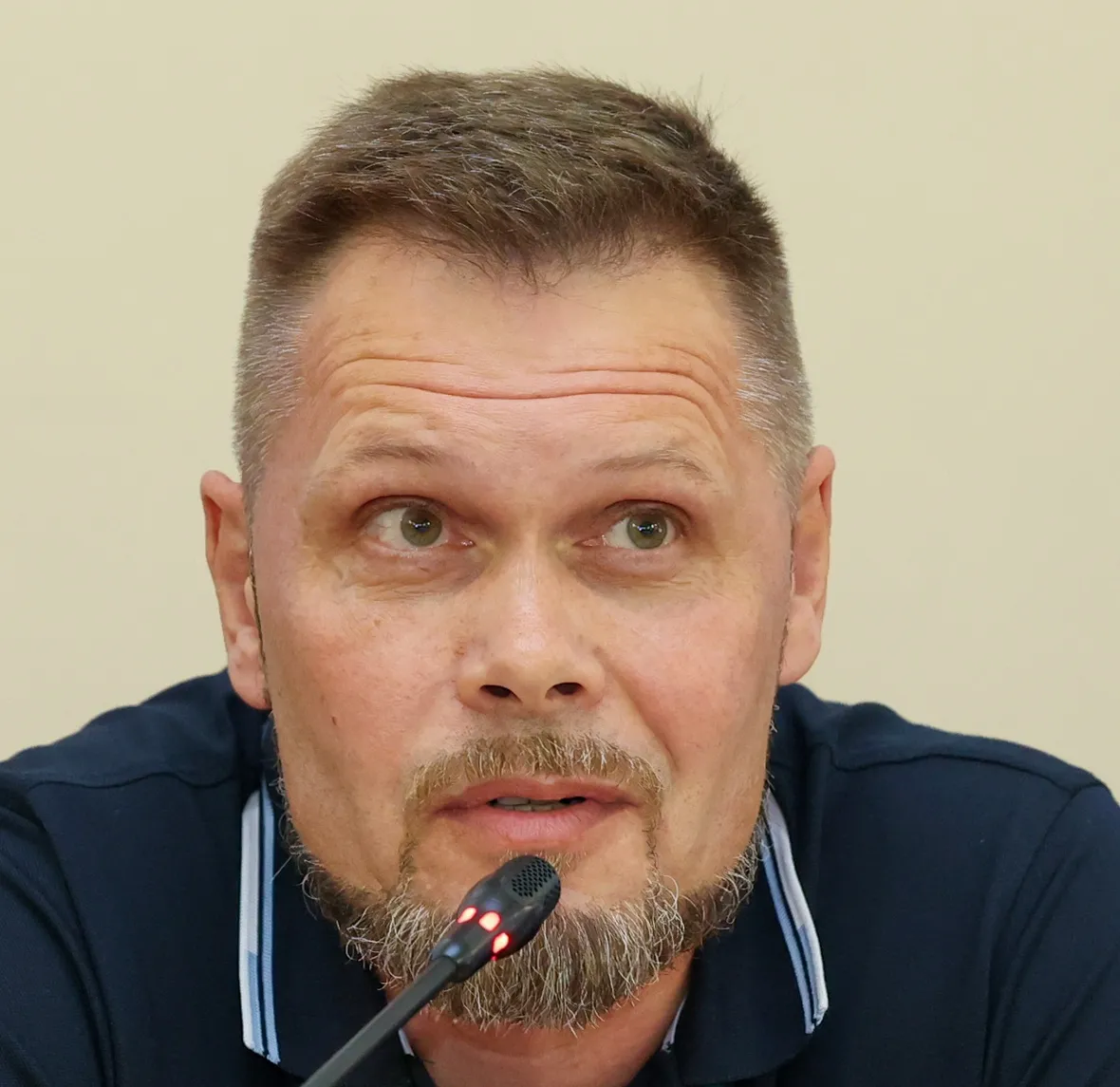First Scientific Channel Launches on MAX Messenger
Russia’s national messenger MAX is evolving beyond a social platform into a hub for science communication. The Moscow Institute of Physics and Technology (MIPT) has launched the first-ever scientific channel in the app, aiming to bring research insights out of academia and into everyday conversations.

Reaching a Wider Audience
MAX continues to grow its user base, which now exceeds 30 million people across Russia. Government agencies, companies, and universities are increasingly opening their own channels there.
MIPT’s new project sets a precedent: the launch of the first scientific channel on MAX, titled “Phystech: Assembling the Future.”
“This strategic step will allow the university to expand its presence in the information space and create a fundamentally new format for promoting science, using all the advantages of a convenient and secure digital environment,” the university’s press service said.
Subscribers will gain access to updates on new research, commentary from scientists on recent discoveries, and coverage of MIPT’s contributions to Russian and global science. A particular focus will be on popularizing mathematics and natural sciences, highlighting how fundamental research becomes tomorrow’s technology.

Designed for Modern Users
The channel’s content is not intended to be dry scientific reports for specialists only. Instead, it will be adapted for the social media generation: short dynamic posts where scientists explain their work in plain language, engaging videos under 60 seconds, and interactive formats featuring AI-based visualizations to make complex data understandable.
The central mission is to build a modern digital platform that fosters dialogue between scientists and society. The channel aims to make research transparent and accessible while maintaining scientific integrity—avoiding clickbait and ensuring sources are always cited.

“The scientific channel will show science without curtains, give scientists a voice, revisit the past and look into the future of Phystech, offer futuristic forecasts, debunk myths, amplify student voices, and host science challenges so that everyone, regardless of age or education, can immerse themselves in an interactive scientific environment,” the university press office explained.
Always Connected
The “Phystech: Assembling the Future” channel will remain accessible under any conditions thanks to MAX’s status as a priority digital platform. Its operation is guaranteed even during mobile internet restrictions caused by hostile drone attacks.
The launch could spark a broader trend. Many Russian universities already promote science through blogs, but MAX may become a new platform for disseminating knowledge. In time, inter-university channels could appear, providing students, applicants, and the general public with reliable answers and a new avenue to share research findings.

Continuous Development Is of Big Importance
For the MIPT initiative to succeed and inspire other institutions, consistent content updates and financial support will be critical. Expanding formats to include English could also take the project to an international level.
There is little doubt that the launch of a scientific channel on MAX represents a logical step in adapting to changing information consumption habits. As people read fewer printed books and journals, Russian researchers are seizing the chance to stay relevant in a digital-first world.










































